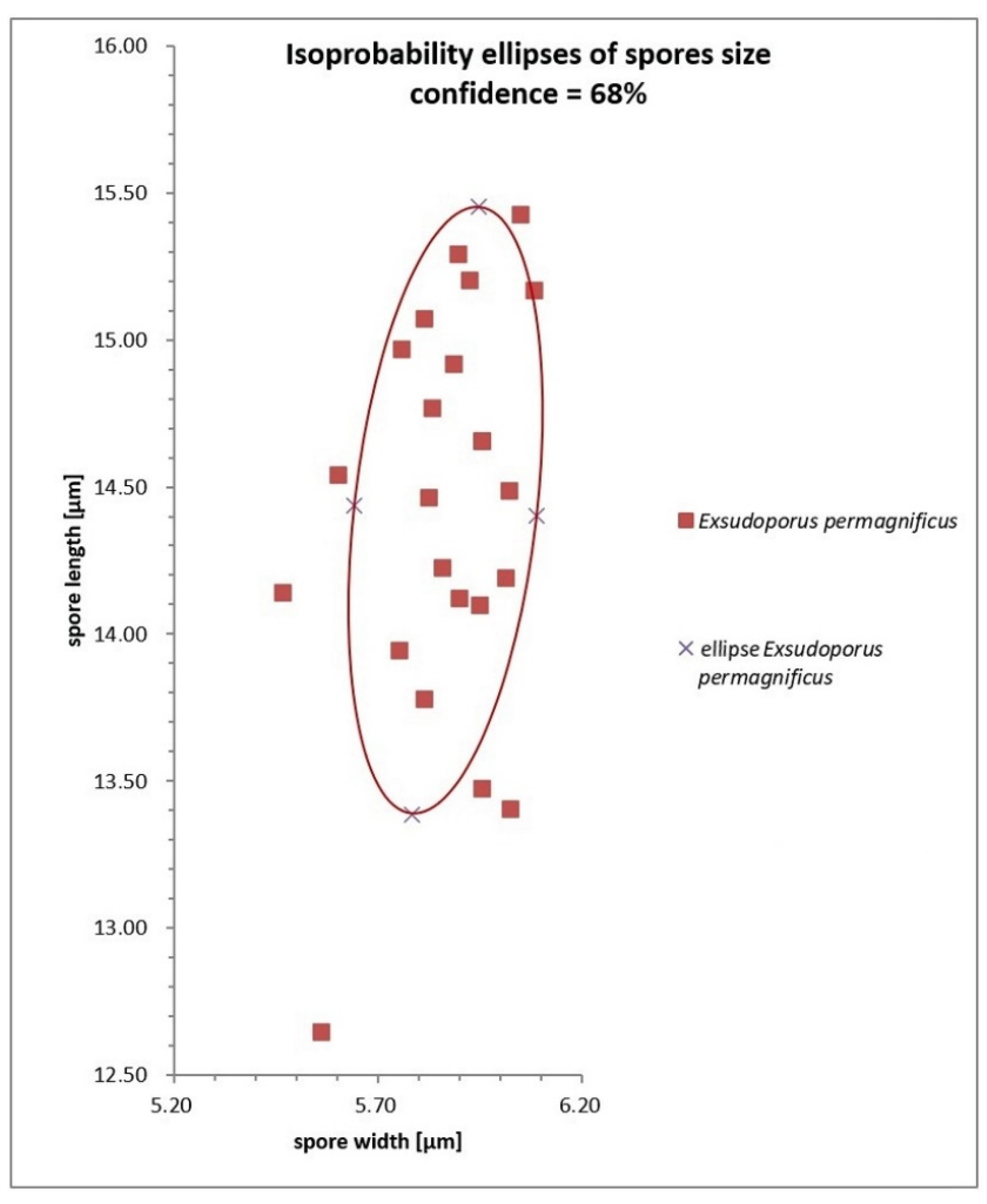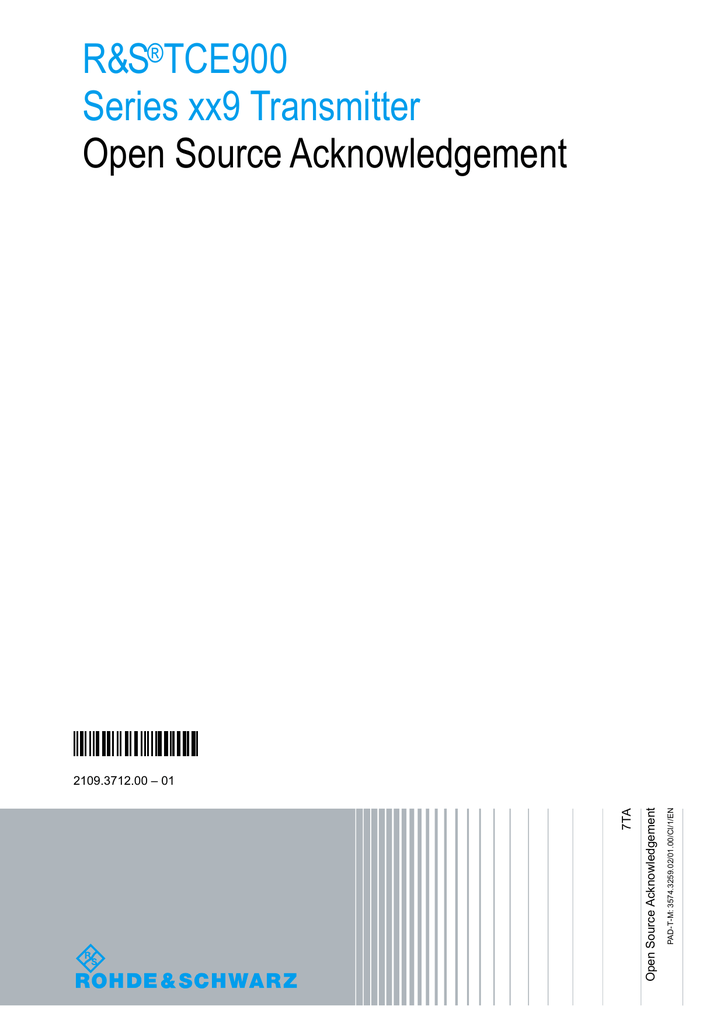
Transcript DNA sequences for elephant shark were retrieved from the elephant shark Ensembl server. Vertebrate sequence data ( Table 1) for GAD1, GAD2 and GAD3 homolog transcripts were downloaded from Ensembl genomes for the following species: chicken ( Gallus gallus), coelacanth, fugu, human, medaka, spotted gar, Tasmanian devil, tilapia, Chinese softshell turtle, xenopus, zebrafish 34.

For other vertebrates, human conventions are used: gene symbols in all capitals and italicized, protein symbols in all capitals. For fishes, gene symbols are lowercase and italicized and protein symbols are capitalized. Throughout this paper, we use standard gene nomenclature. Our results revealed a surprisingly broad conservation of GAD3 in mammals, reptiles, birds and amphibians, as well as fishes. We used recently generated genomic resources to ask whether gad3 is present and expressed in species other than the goldfish and abyssal grenadier. Actinopterygii species with sequenced genomes include the spotted gar 30 as well as teleosts like fugu 19, medaka 31, tilapia 32 and zebrafish 33. chicken 24, dog 25, human 26, Tasmanian devil 27, Chinese softshelled turtle 28 and Xenopus 29. elephant shark 22 and coelacanth 23, as well as tetrapods, e.g. Sarcopterygii species with sequenced genomes include primitive fishes, e.g.
ROYAL TS LICENSE KEY 3.2.6 SOFTWARE
The sequencing of teleost and other vertebrate genomes has been accompanied by the development of databases and software for analyzing the conservation of genes. Since the original identification of gad3 from teleost brain cDNA, many comparative genomic resources have become available. Because the teleost lineage is known to have experienced a whole-genome duplication early in its evolution, one reasonable possibility could therefore have been that gad3 was a teleost-specific gad paralog 18, 19, 20, 21. Thus, the conservation of a gad3 gene in these two divergent species suggested that gad3 was present in an early teleost ancestor. Recent teleost phylogenies indicate that the Ostariophysians, of which Cypriniformes including goldfish are members, diverged from the Euteleosts, which include the abyssal grenadier, over 250 million years ago 17. This absence remained an anomaly, since the goldfish (order Cypriniformes), is very distantly related to the abyssal grenadier (order Gadiformes). Furthermore, no gad3 genes were reported in any species other than grenadier and goldfish. The sequences of goldfish and abyssal grenadier gad3 are clearly related to gad1a, gad1b, and gad2 sequences, but their evolutionary history remained unknown 16. A similar gad3 sequence was subsequently identified in the brain cDNA of goldfish ( Carassius auratus) 16.

In addition to the teleost gad1 and gad2 genes, a third gene, gad3, was found in brain cDNA of the abyssal grenadier ( Coryphaenoides (Nematonurus) armatus), a benthic teleost fish 15. There have also been some hints of greater diversity in vertebrate GAD genes. Another gene in the GAD family, GAD-like 1 ( GADL1) resembles GAD1 and GAD2 in sequence, but is expressed in mouse skeletal muscles and kidney rather than in the brain 14. In most vertebrate species, only two GAD genes have been described. Furthermore, GABA signaling via membrane receptors elicits hyperpolarization in plants as well as mammals, suggesting conserved or convergent roles for the product of GAD enzymatic activity 13. Genes encoding GAD are found, for example, in Escherichia coli 9, Saccharomyces cerevisiae 10, Drosophila melanogaster 11 and Caenorhabditis elegans 12. Genes with homology to GAD arose before the evolution of eukaryotes 8. The evolutionary history of GAD genes is long and diverse. Nevertheless, GAD1 and GAD2 sequences are highly similar to each other and they share a common intron-exon organization, indicating a common origin 7. While both GADs synthesize GABA and are co-expressed in most vertebrate GABAergic neurons, GAD1 synthesizes cytoplasmic GABA that is used for extrasynaptic and metabolic purposes and GAD2 regulates the vesicular pool for release 4, 5, 6. Two GAD proteins found in vertebrate species, GAD67 and GAD65, are encoded by the paralogous genes GAD1 and GAD2, respectively 3. GADs are members of the Group II pyridoxal-5′-phosphate-dependent decarboxylases, which includes decarboxylases that operate on several different substrates 2.

Glutamate decarboxylases (GADs) are essential for the conversion of glutamate to γ-aminobutyric acid (GABA), the predominant inhibitory neurotransmitter in central nervous systems 1.


 0 kommentar(er)
0 kommentar(er)
